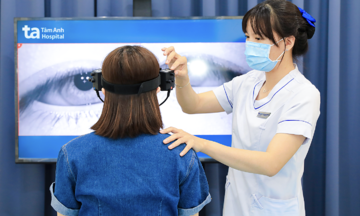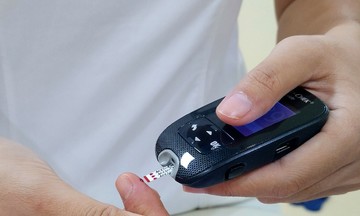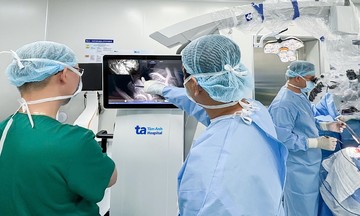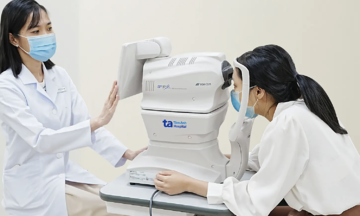Doctor Do Thi Thao of the Cardiology Department at Tam Anh General Hospital in Hanoi explains that blood pressure fluctuates throughout the day, following a 24-hour biological rhythm. During sleep, blood pressure typically drops, a phenomenon known as "dipping," allowing the heart and blood vessels to rest. Upon waking, blood pressure naturally rises again to meet the body's demands for movement and activity, known as the "morning surge."
As the body transitions from sleep to wakefulness, the sympathetic nervous system and hormones like adrenaline and cortisol surge, causing a rapid increase in heart rate and blood pressure. This sudden pressure can significantly impact arterial plaques—formed by the accumulation of cholesterol, lipids, and inflammation within the artery walls—making them prone to rupture. Platelets, components responsible for blood clotting, gather at the rupture site, forming a blood clot that can narrow or completely block the artery. If this blockage occurs in a coronary artery, the heart muscle is deprived of oxygen, leading to a heart attack. If it occurs in a cerebral artery, a stroke can result due to the lack of blood supply to the brain.
Individuals at higher risk include older adults, those with a history of chronic high blood pressure, high cholesterol, diabetes, smokers, or those with pre-existing heart conditions. In this group, blood vessels often have a reduced ability to respond to changes, increasing the risk of cardiovascular events in the morning.
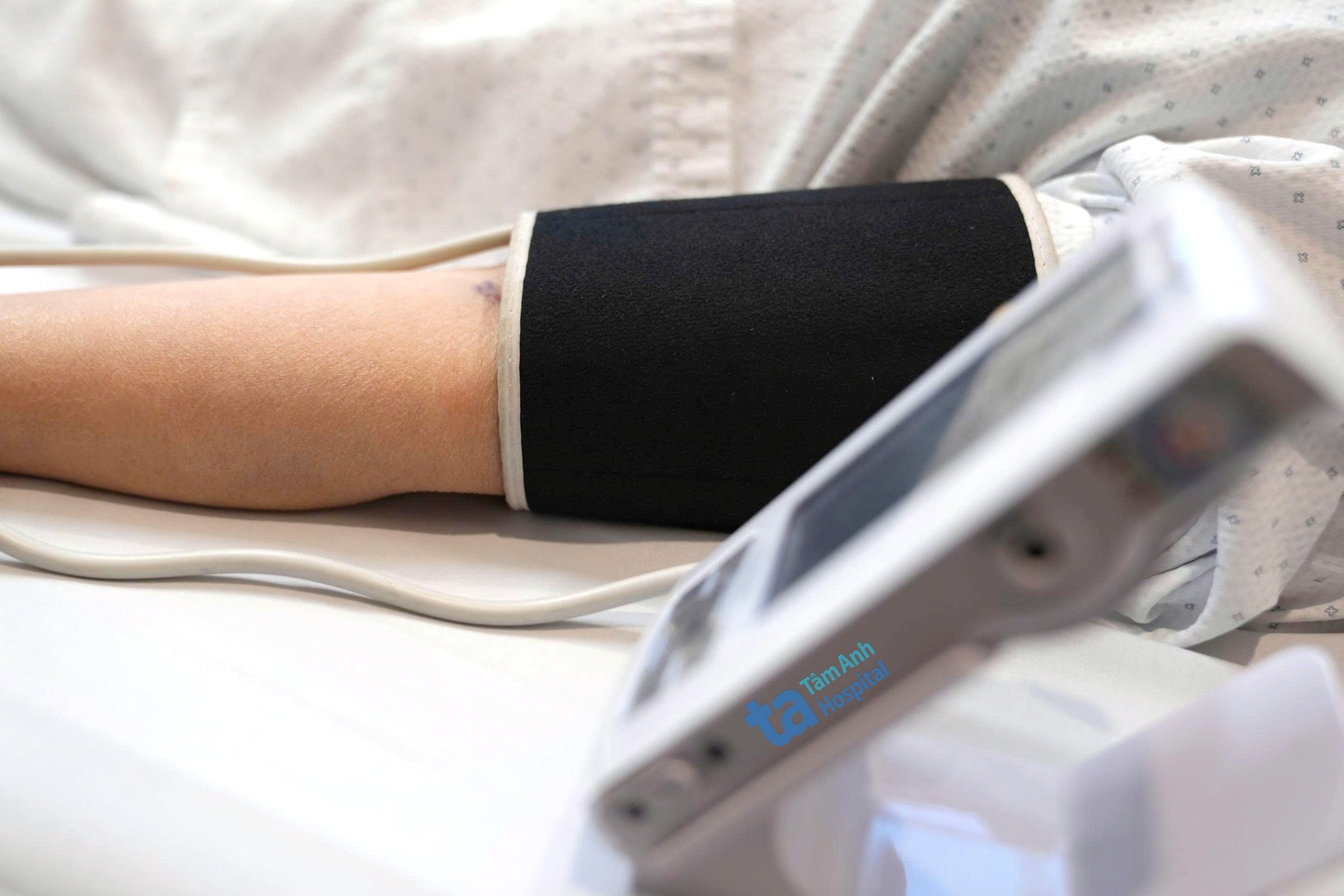 |
Individuals at high risk should regularly monitor their blood pressure to detect silent hypertension. Photo: Tam Anh General Hospital |
Individuals at high risk should regularly monitor their blood pressure to detect silent hypertension. Photo: Tam Anh General Hospital
Doctor Thao recommends that adults regularly monitor their blood pressure at home. While mercury sphygmomanometers are the most accurate, they are not as convenient. Patients can use electronic blood pressure monitors with an arm cuff. Measurements should be taken every morning and evening, 30 to 60 minutes after waking up or before taking medication. Sit quietly for 10 minutes before measuring and record the results consistently over several days. This data helps doctors accurately assess the morning blood pressure surge.
High blood pressure is indicated by average 24-hour readings of 130/80 mmHg or higher, average daytime readings of 135/80 mmHg or higher, or average nighttime readings of 120/70 mmHg or higher. For those with chronic hypertension, blood pressure control also depends on medication timing. In some cases, doctors may consider evening doses or split doses between morning and evening for better control.
Maintaining a healthy lifestyle plays a crucial role in preventing complications and improving cardiovascular health. Getting 7-8 hours of sleep per night, avoiding late nights, limiting coffee and alcohol, and engaging in light exercise like walking or stretching immediately after waking up can help blood pressure rise gradually rather than abruptly. A diet rich in fruits, vegetables, fish, whole grains, and low in salt contributes to long-term blood pressure control.
Ly Nguyen
| Readers can submit questions about cardiovascular diseases here for doctor's answers. |



